As with all space objects, meteorites, often called meteorites, fall on our Earth. Although most of it does not exist in the atmosphere, it is possible to encounter small parts of it. So, how do you know if an unusual stone you encounter is a meteorite or an ordinary stone?
One day you are walking on the road. You’ve seen the new iPhone prices, you’re depressed. Then a stone lands on your foot and when you bend down and look, you realize that this is something unusual. Although the possibility that you can become rich by selling it to NASA is burning in your mind like a strong light bulb. Is that stone really a meteorite or just an ordinary stone? How can you be sure it is?
Meteorites often fall on our earth. Don’t worry, these meteorites, called meteors, are largely destroyed by the atmosphere. However, it is still possible to encounter these stones in small pieces in different parts of the world. Well you see How do you know if an unusual stone is a meteorite from outer space? Here is a detailed meteorite understanding guide for you.
Features that indicate that a stone is a meteorite:
- A fusion shell thinned in the atmosphere
- A shapeless shape unlike anything
- ferrous metals
- More weight than meets the eye
- magnetic structure
- small stones called chondrules
A thinned fusion shell in the atmosphere:
The outer shell of a meteorite passing through the atmosphere becomes thinner by melting. Therefore, whatever the color of the stone, covered with a black crust. This structure, called a fusion shell, is similar to an egg shell. Although black at first, it turns rusty brown after a few years on Earth. Similar microbial activity-induced crusts can be seen on stones in desert regions.
An amorphous shape unlike anything:
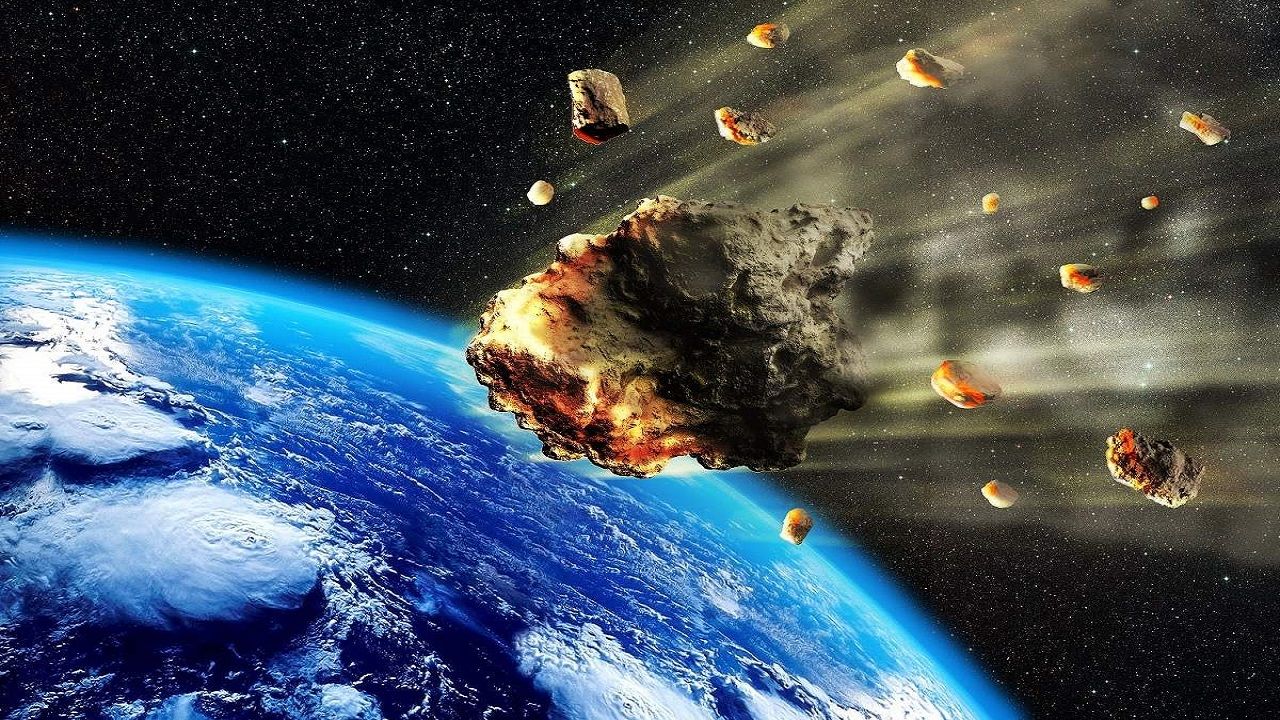
Even if the stones in our world have small roughness, they are generally round in shape and have a smooth structure. However, as meteorites pass through the atmosphere, they are subjected to such a great force that they take on an amorphous shape. Experts like this they take a play dough in your hand and compare it to the shape after squeezing it. Rest assured, you’ll understand when you see it.
Ferrous metals:
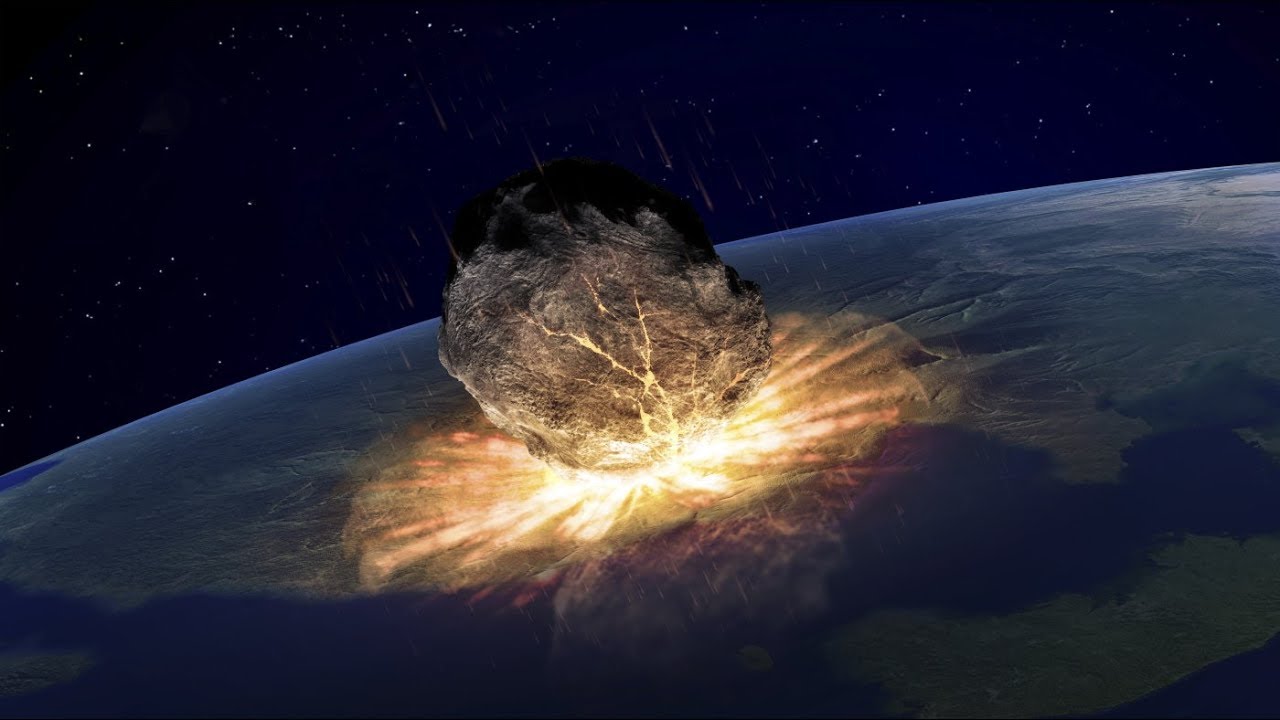
Almost all meteorites circulating in space contain a metal that is a mixture of iron and nickel. It is rare to encounter a metal-free meteorite. The meteorite, which contains metal, has a dense structure without holes. However, it is not visible or palpable. It is understood whether a stone has metal as a result of a chemical analysis or acid etching in the laboratory environment.
More weight than meets the eye:
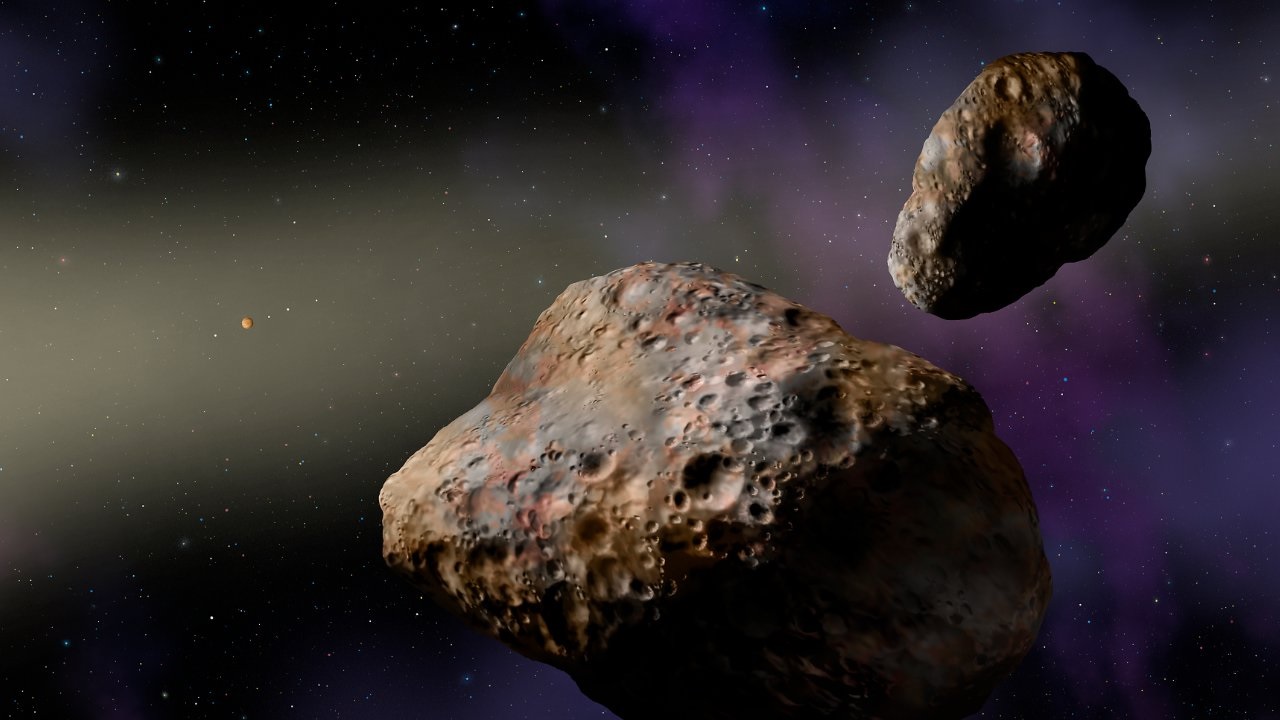
One of the indispensable features of meteorites is that they are dense. This density is makes the meteorite heavier than it appears. Metal meteorites are 3.5 times heavier than rocks on Earth, and other meteorites are 1.5 times heavier. In other words, if you think that when you see a stone, it is 5-10 kilograms at the most, but when you lift it, it feels much heavier, the probability of this stone being a meteorite is quite high.
Magnetic structure:
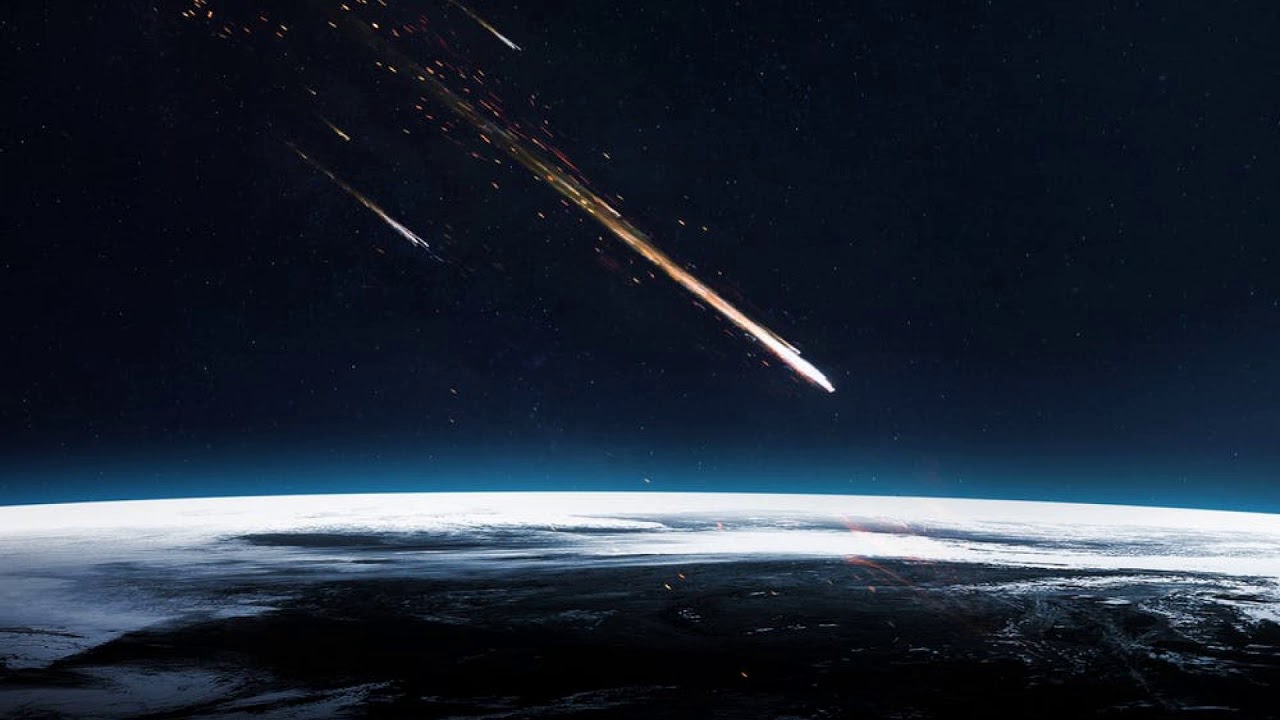
We said that most meteorites are filled with iron – nickel metal. The easiest way to understand this is to touch the stone with a magnet. Because meteorites in metal structure They stick as soon as they touch a magnet. Metal detectors can also act as a warning in this regard. However, some meteorites also contain non-magnetic metals such as aluminum. Still, the magnet experiment yields a simple but effective result.
Small stones called chondrules:
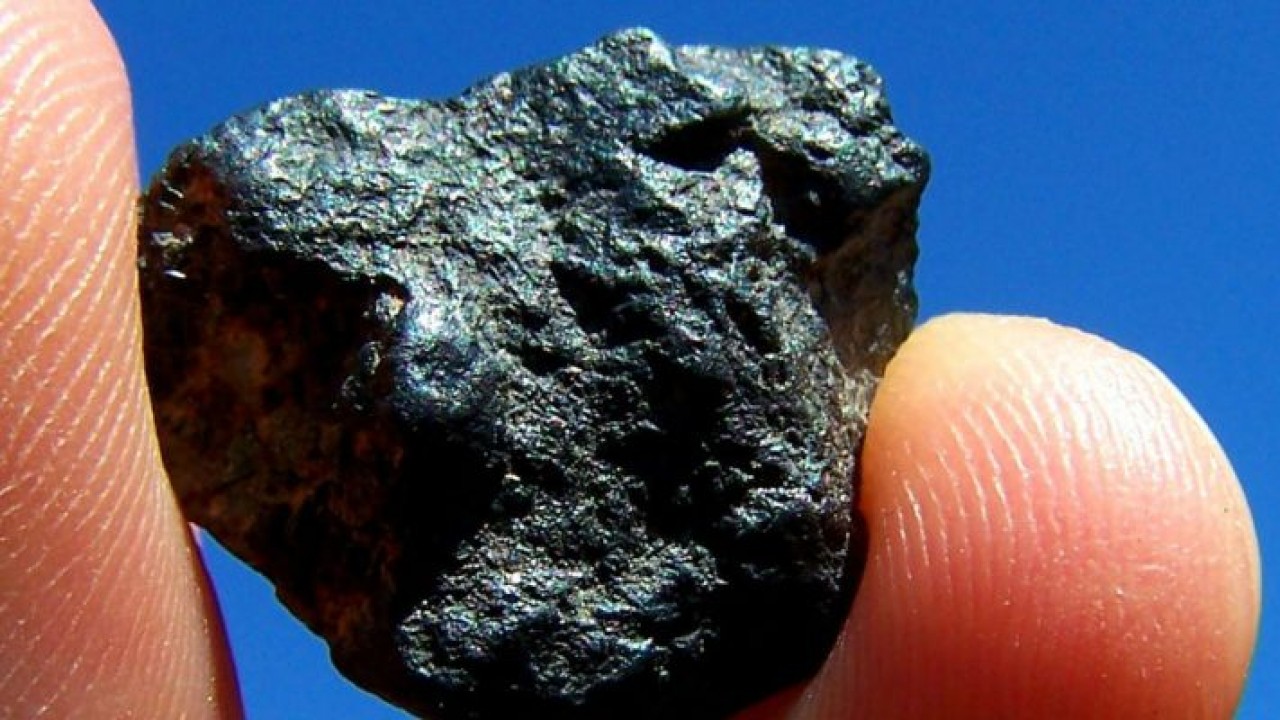
There are no voids in meteorites, as in Earth’s stones. But there may be small stones that look like emptiness. Stones with a diameter of 1 millimeter called chondrules, they can form the structure of a meteorite. To see if a stone has chondrules, it is necessary to break or cut it to see inside.
Features that show that a stone is not a meteorite:
- Round, smooth shape
- Bubbles and holes
- crystal structure
- temperature or radioactivity
- colored track
A round, uniform shape:
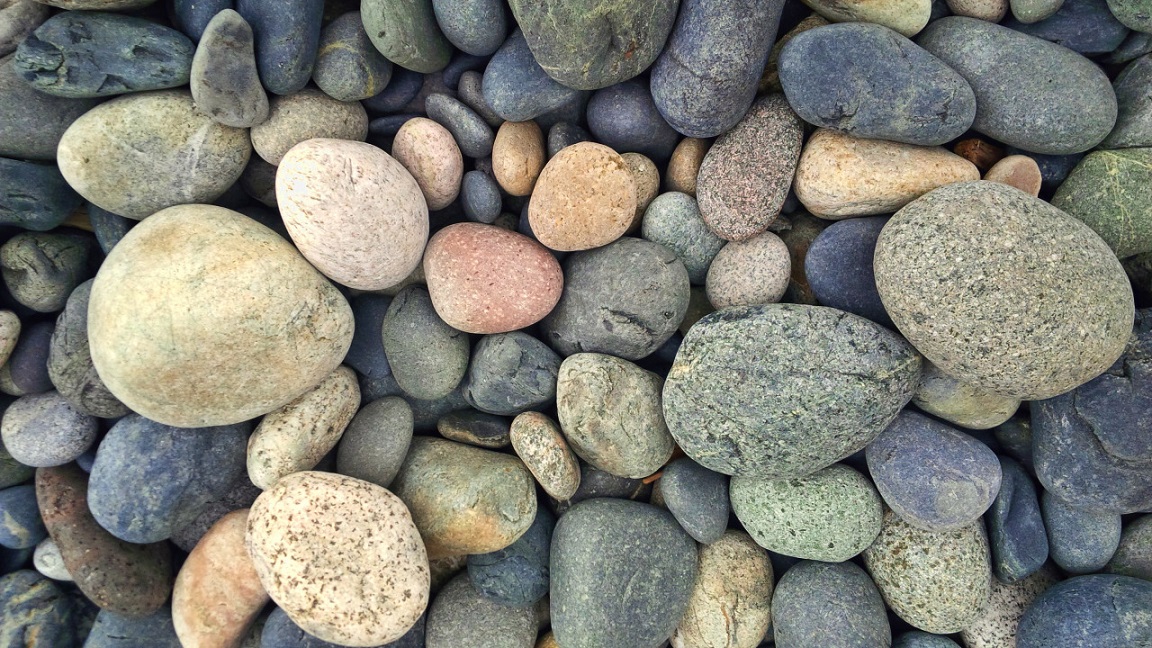
Even the tiniest stone in our world is caused by external factors such as wind and water over time. it takes a nice round shape. Even if it is rough, it is generally round. However, as we have explained, a meteorite is never in such a beautiful shape.
Bubbles and holes:
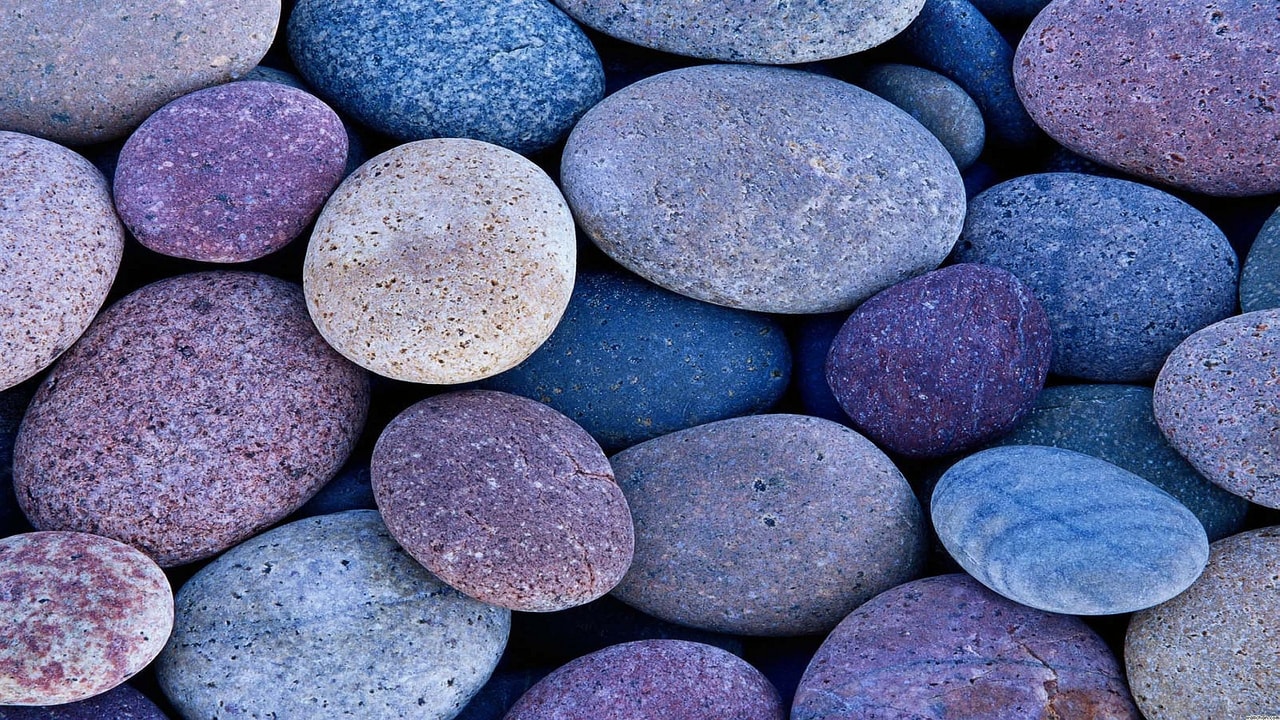
A common misconception about meteorites is that they will have a perforated structure as they pass through the atmosphere. However, there is not a single such example. On the contrary, stones with bubbles and holes They are igneous stones that come from the center of our earth. Many have even come to the surface as a result of volcanic eruptions.
Crystal structure:
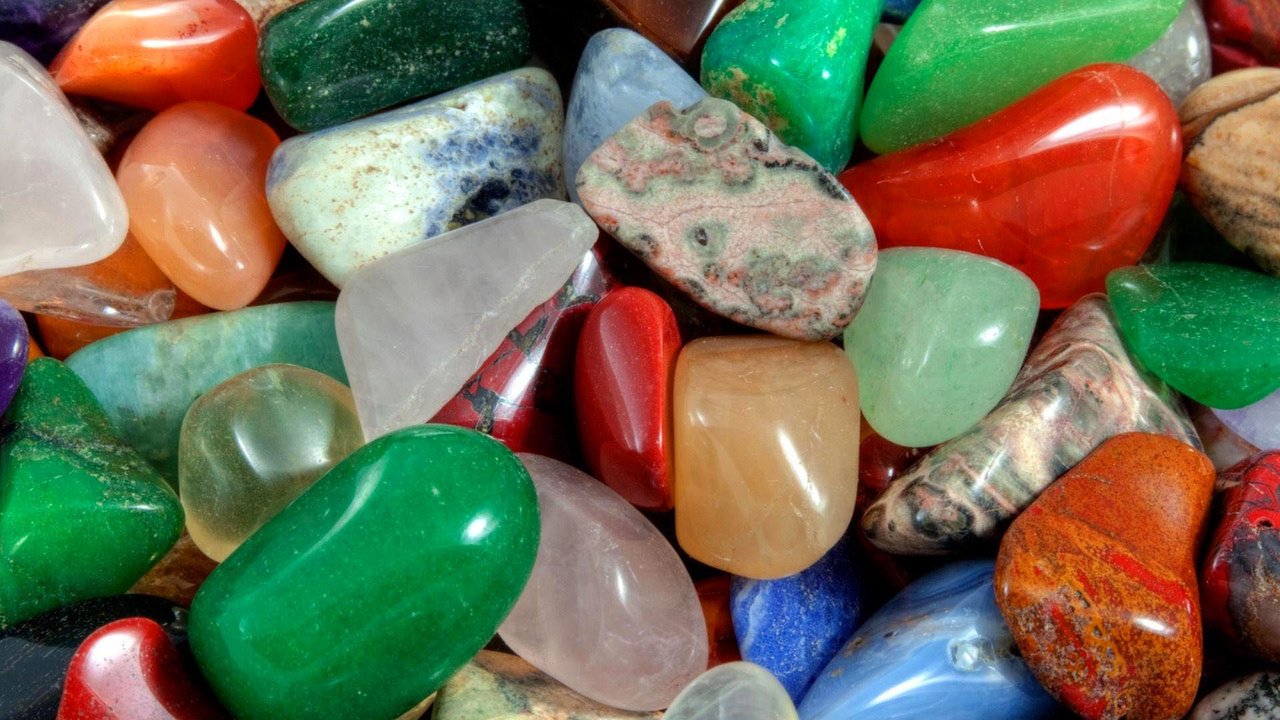
It must be a habit from science fiction movies, we expect meteorites to be in a brilliant crystal structure. However quartz, such a crystalline beauty, is found on our Earth. Quartz, a clear, milky-white crystal, does not produce space objects. However, there are some exceptions to this situation. They need to be tested to be sure.
Temperature or radioactivity:
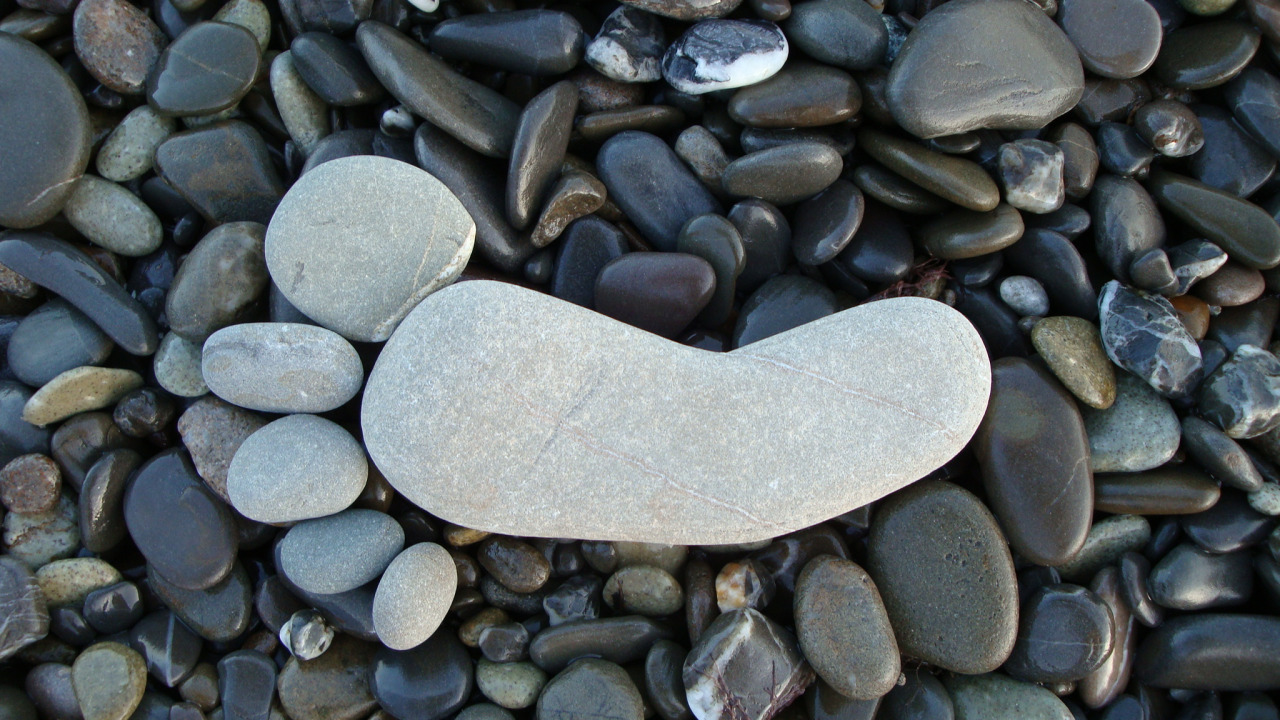
You might think that a meteorite that comes to our world at thousands of kilometers from outer space and passes through the atmosphere is extremely hot and can even cause fires. However Most meteorites cool when they hit the surface. Likewise, most meteorites are not radioactive, as they consist of elements similar to terrestrial rocks.
Color trace:
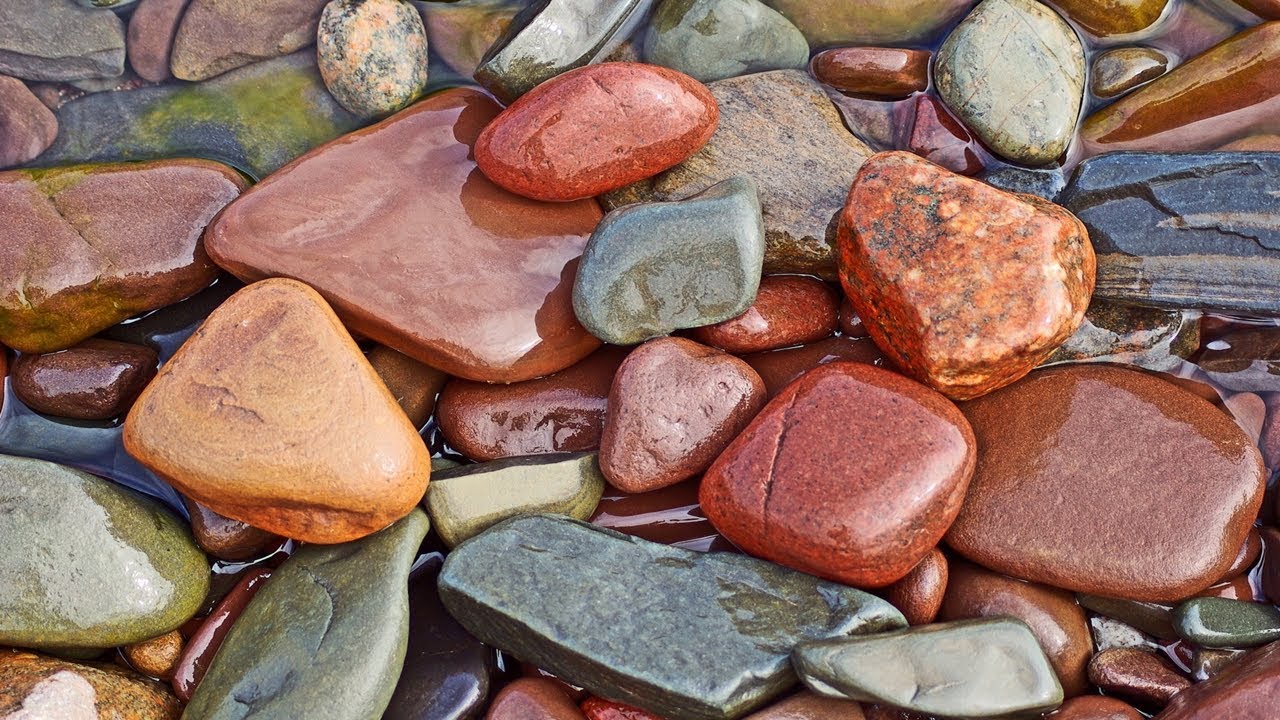
The stones found in our world contain iron minerals called magnetite and hematite. Because When you rub them on the unglazed side of the tiles, they leave a black or brown mark. But a meteorite wouldn’t leave such a mark if it didn’t stay on Earth for a long time. It is simple, but it is the easiest way to find out if a stone is a meteorite.
To think twice before calling NASA we told you how to tell if a stone is a meteorite and we talked about some little tests you can run. Do not lose hope, it is possible to encounter meteorites at many different points of our world.
